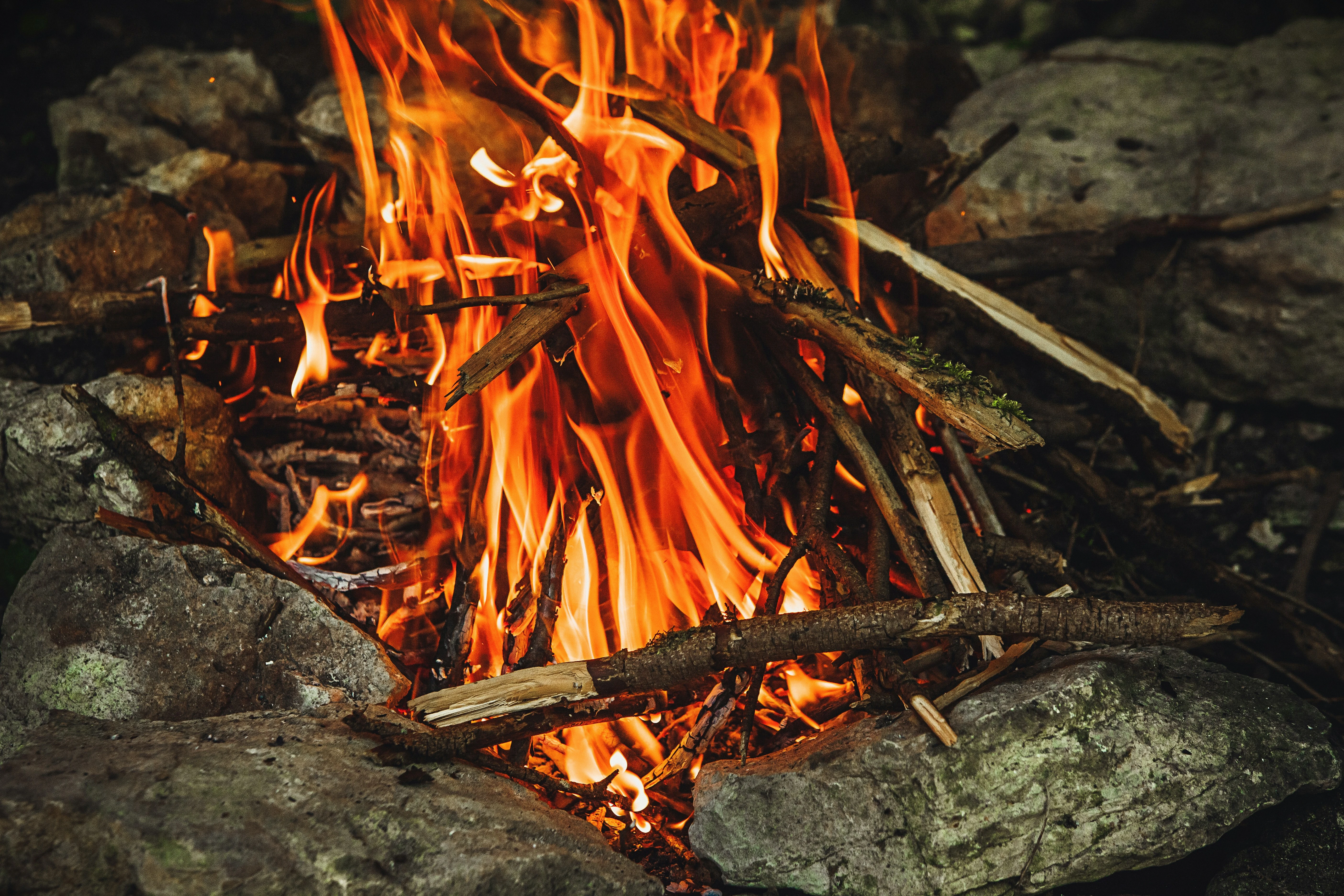Controlled Burning Techniques for Promoting Native Flora and Fauna Resilience

The Role of Fire in Grassland Ecosystems
Grassland ecosystems, often characterized by their extensive open areas and grasses, have evolved over thousands of years with fire as a natural component. Fires, whether caused by lightning or human activity, play a crucial role in maintaining the ecological balance. Controlled burning, also known as prescribed burning, is a technique used to manage these ecosystems, promoting the health of native flora and fauna while keeping invasive species at bay.
How Controlled Burns Support Biodiversity
Enhancing Native Plant Growth
One of the primary benefits of controlled burning is its ability to enhance native plant growth. By removing accumulated dead vegetation, controlled burns allow sunlight to reach the soil more effectively. This reduction in litter opens up space for native plants to germinate and thrive. Studies have shown that certain plant species, like Panicum virgatum (switchgrass) and Andropogon gerardii (big bluestem), exhibit increased growth and vitality following a fire.
Controlling Invasive Species
Invasive plant species can pose significant threats to grassland ecosystems by outcompeting native plants for resources. Controlled burns create an environment hostile to many invasive species, which are not adapted to survive regular fires. For instance, species like Lonicera maackii (Amur honeysuckle) and Alliaria petiolata (garlic mustard) are significantly reduced when subjected to periodic burns.
The Impact on Native Fauna
Creating Habitat Diversity
For wildlife, the heterogeneity created by controlled burns can provide various habitat structures that cater to different species' needs. Birds such as the Greater Prairie Chicken rely on a mixture of burned and unburned areas for nesting and foraging. Similarly, mammals like the Eastern Cottontail Rabbit benefit from the dense cover provided by new plant growth post-burn.
Balancing Risks to Wildlife
While fire management practices aim to support ecosystems, there are inherent risks to wildlife. The timing of burns is critical; ideally, burns should be conducted outside of breeding seasons to minimize direct harm to young animals unable to escape. By scheduling burns during periods when wildlife can more easily relocate, managers can reduce potential negative impacts.
Implementing Controlled Burns: Techniques and Considerations
Planning and Permitting
The implementation of controlled burns requires meticulous planning and adherence to regulations. Land managers must develop detailed burn plans that outline objectives, weather conditions, and safety measures. Permits are typically required, ensuring that burns are conducted safely and responsibly.
Optimal Weather Conditions
Weather plays a pivotal role in the success of a controlled burn. Ideal conditions include moderate temperatures, low humidity, and steady winds. These factors help control the intensity and direction of the fire, reducing risks to surrounding areas. A typical window might involve winds between 5-15 mph and humidity levels between 30-50%.
- Wind Speed: Influences fire spread and smoke dispersion.
- Humidity: Affects fuel moisture and burn intensity.
- Temperature: Impacts fire behavior and safety.
Execution Techniques
The techniques used in executing controlled burns can vary depending on the landscape and objectives. Common methods include:
- Back Burning: Fire is set along a control line so it travels against the wind, reducing intensity.
- Strip-Head Fires: Lines of fire are ignited upwind; spacing controls intensity.
- Mop-Up: Post-burn activities ensure no remaining embers ignite unintended areas.
Trade-Offs in Fire Management
The Challenge of Smoke Management
One of the significant trade-offs in fire management is dealing with smoke emissions. While controlled burns reduce the risk of uncontrolled wildfires (which can produce much more smoke), managing air quality remains a concern. Burn managers must consider proximity to populated areas and weather conditions that influence smoke dispersion.
Economic Considerations
The economic aspect cannot be overlooked. Conducting controlled burns involves costs associated with planning, permits, equipment, and personnel. However, these costs are often offset by the ecological benefits gained, such as reduced wildfire risks and enhanced biodiversity.
A Case Study: The Konza Prairie
The Konza Prairie in Kansas provides a compelling example of how controlled burning promotes resilience in grassland ecosystems. Spanning over 8,600 acres, this site has utilized fire as a management tool since 1977. Research from the area indicates a higher diversity of grassland birds in regularly burned plots compared to those left unburned.
The prairie also demonstrates successful partnerships between scientists, land managers, and local communities. By involving stakeholders in planning and education, they have mitigated many challenges associated with prescribed burns.
Conclusion: Balancing Fire's Dual Roles
The use of controlled burning in grassland management exemplifies the delicate balance between harnessing fire's ecological benefits and mitigating its risks. By understanding the dynamics between fire, native species, and invasive threats, land managers can foster ecosystems resilient to change.
In conclusion, while trade-offs exist—particularly concerning wildlife safety and smoke management—the long-term benefits of promoting native flora and fauna resilience make controlled burning an invaluable tool in ecological stewardship.
